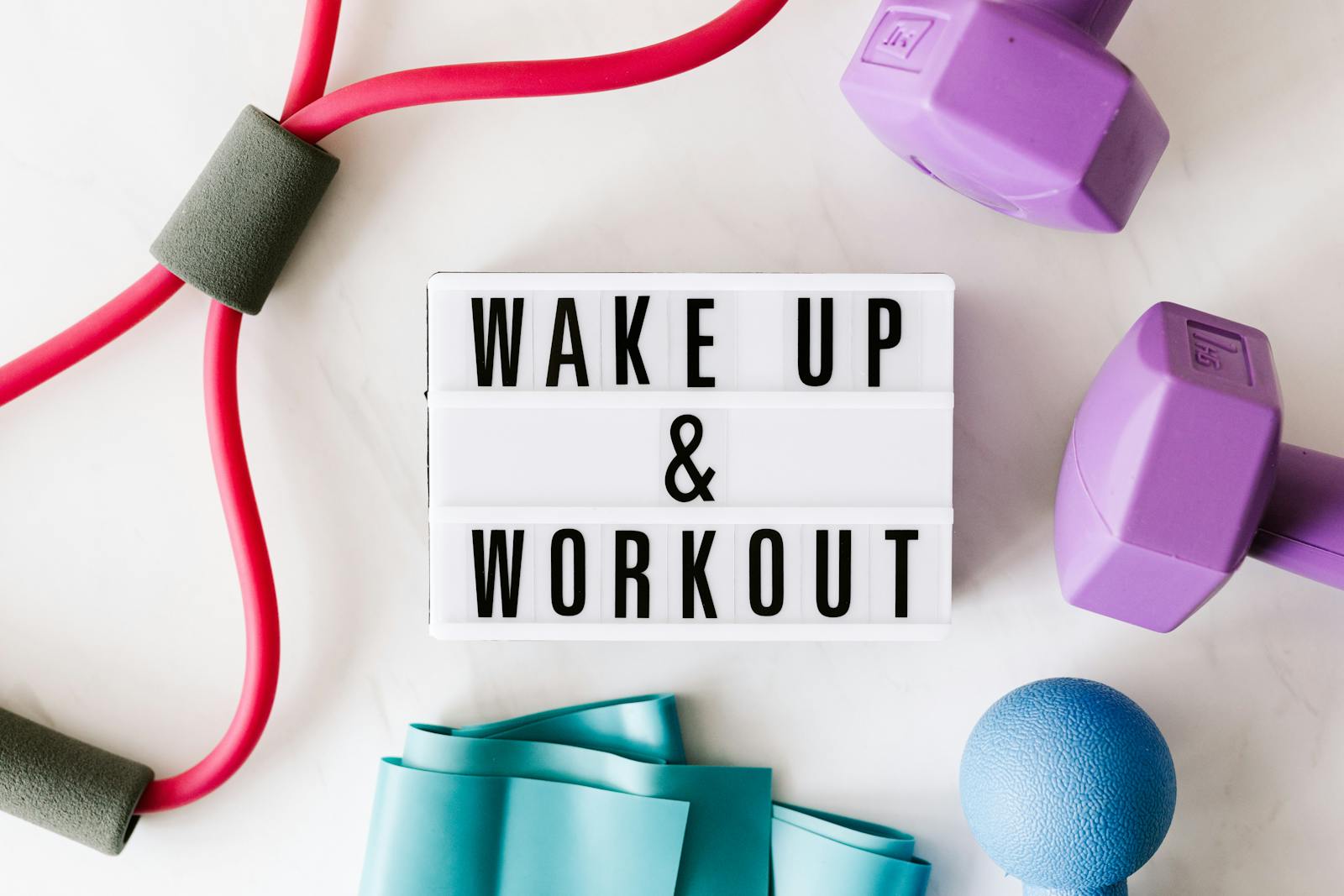A Comprehensive Guide to Crafting the Perfect Workout Routine

Embarking on a fitness journey can be both exciting and overwhelming, especially when it comes to creating an effective workout routine. With countless options available, it's important to understand how to design a routine that aligns with your goals, fits your lifestyle, and keeps you motivated. This guide will help you craft a well-rounded workout routine that meets your needs and sets you up for success.
Understanding Your Goals
Before diving into specific exercises and schedules, it's essential to define your fitness goals. Are you aiming to lose weight, build muscle, increase endurance, or improve overall health? Your goals will determine the structure and focus of your workout routine.
- Weight Loss: Emphasize cardio workouts to burn calories and reduce body fat, while incorporating strength training to preserve muscle mass.
- Muscle Building: Focus on strength training with progressive overload to increase muscle size and strength, and include sufficient protein intake in your diet.
- Endurance: Incorporate cardiovascular exercises like running, cycling, or swimming to improve stamina and cardiovascular health.
- Overall Health: Aim for a balanced mix of cardio, strength training, and flexibility exercises to enhance overall fitness and well-being.
Components of a Balanced Workout Routine
A well-rounded workout routine should include a variety of exercises that target different aspects of fitness: cardiovascular endurance, muscular strength, muscular endurance, flexibility, and balance.
- Cardiovascular Exercise:
- Purpose: Improves heart and lung health, burns calories, and enhances endurance.
- Examples: Running, cycling, swimming, brisk walking, and HIIT (High-Intensity Interval Training).
- Frequency: Aim for at least 150 minutes of moderate-intensity or 75 minutes of high-intensity cardio per week.
- Strength Training:
- Purpose: Builds and tones muscles, increases metabolism, and improves bone density.
- Examples: Weightlifting, bodyweight exercises (push-ups, squats), resistance band exercises, and functional training.
- Frequency: Perform strength training exercises at least two to three times per week, targeting all major muscle groups.
- Flexibility and Mobility:
- Purpose: Enhances range of motion, reduces the risk of injury, and alleviates muscle tension.
- Examples: Stretching exercises, yoga, and dynamic warm-ups.
- Frequency: Incorporate flexibility and mobility exercises into your routine daily or after each workout.
- Balance and Stability:
- Purpose: Improves coordination, reduces the risk of falls, and enhances overall body control.
- Examples: Balance exercises (single-leg stands, balance board exercises), Pilates, and stability ball exercises.
- Frequency: Include balance and stability exercises two to three times per week.
Designing Your Weekly Workout Plan
Creating a weekly workout plan helps ensure consistency and balanced training. Here's a sample structure that includes a mix of cardio, strength, and flexibility exercises:
- Monday:
- Strength Training (Upper Body)
- Cardio (Moderate-Intensity, 30 minutes)
- Tuesday:
- Cardio (High-Intensity Interval Training, 20-30 minutes)
- Flexibility (Yoga or Stretching, 15-20 minutes)
- Wednesday:
- Strength Training (Lower Body)
- Balance and Stability Exercises (15-20 minutes)
- Thursday:
- Cardio (Moderate-Intensity, 30-45 minutes)
- Flexibility (Yoga or Stretching, 15-20 minutes)
- Friday:
- Strength Training (Full Body)
- Balance and Stability Exercises (15-20 minutes)
- Saturday:
- Cardio (Low-Intensity, such as a long walk or swim, 45-60 minutes)
- Sunday:
- Active Recovery (Light Stretching, Foam Rolling, or a Rest Day)
Tips for Success
- Start Slow: If you’re new to exercise, start with shorter, less intense workouts and gradually increase the duration and intensity as your fitness improves.
- Listen to Your Body: Pay attention to how your body feels. Rest if you’re feeling excessively sore or fatigued, and don’t push through pain.
- Stay Consistent: Consistency is key to seeing results. Aim to stick to your routine as closely as possible, even if you need to make occasional adjustments.
- Mix It Up: Avoid boredom and plateaus by varying your workouts. Try new exercises, switch up your cardio routine, or join a fitness class.
- Track Progress: Keep a workout journal or use a fitness app to track your progress. This can help you stay motivated and see how far you’ve come.
- Stay Hydrated and Eat Well: Proper nutrition and hydration are crucial for optimal performance and recovery. Fuel your body with balanced meals and drink plenty of water.
Conclusion
Crafting the perfect workout routine involves understanding your goals, incorporating a variety of exercises, and staying consistent. By balancing cardio, strength training, flexibility, and balance exercises, you can create a comprehensive fitness plan that supports your overall health and helps you achieve your fitness goals. Remember to listen to your body, stay motivated, and enjoy the journey to a healthier, fitter you.
